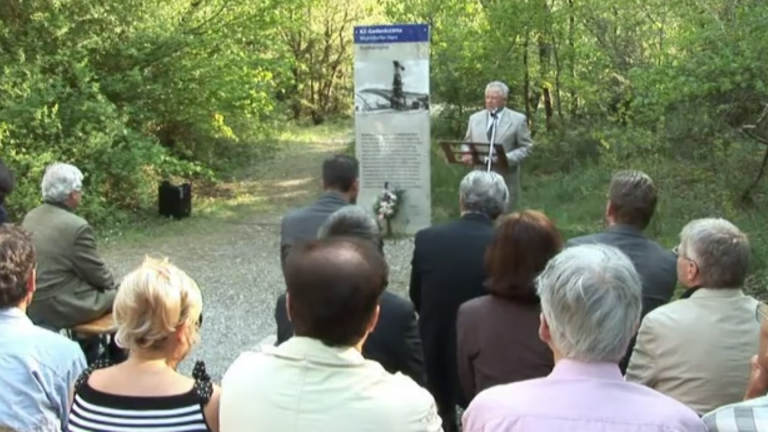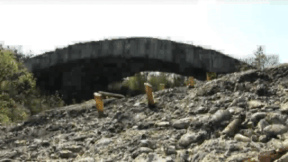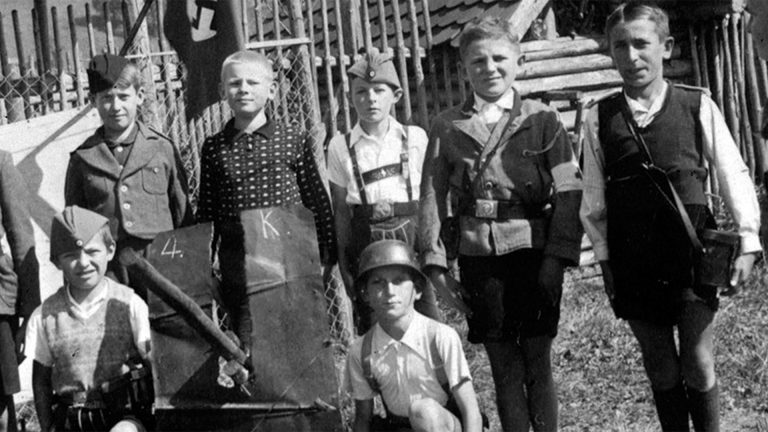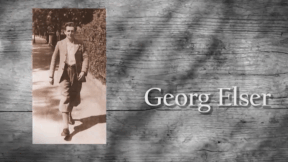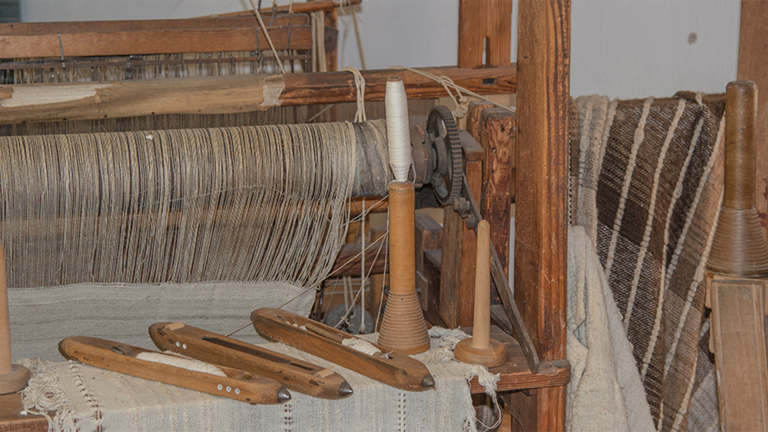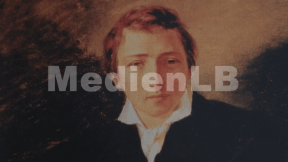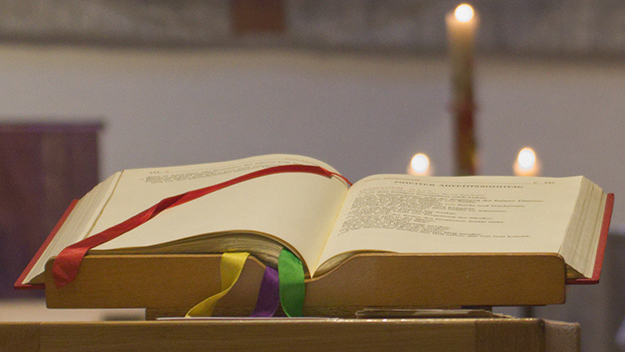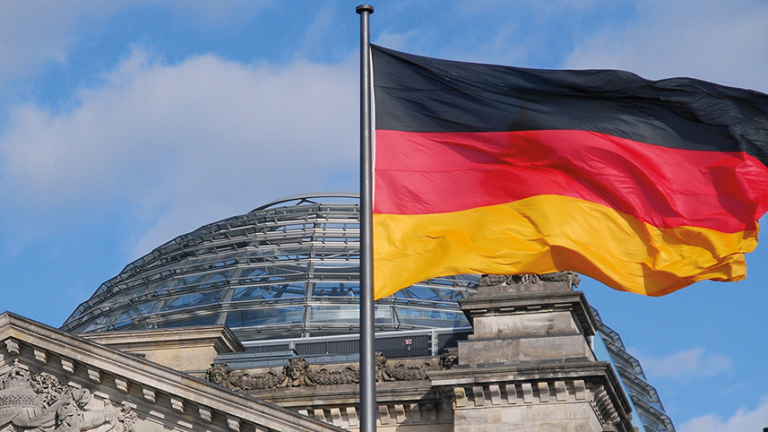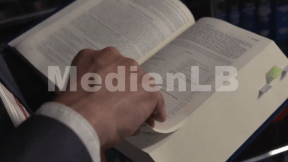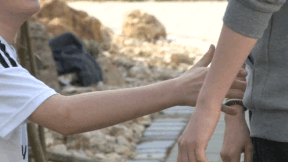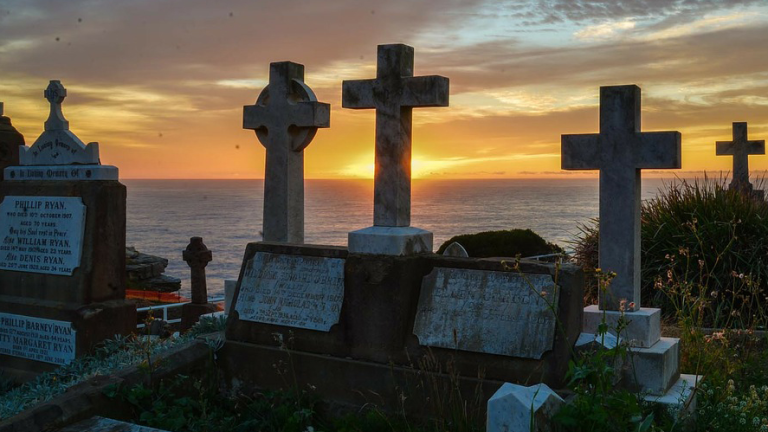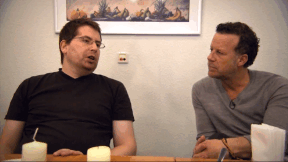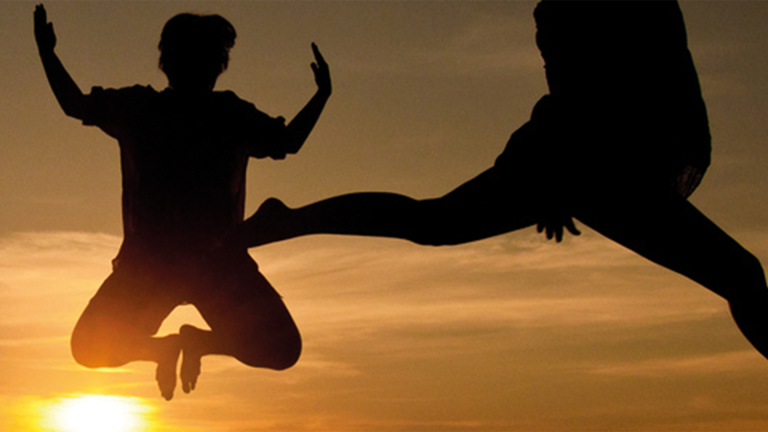Suche:
- # Artistry
- # Biology
- # Chemistry
- # Ecological
- # Economy
- # English
- # Foreign Language
- # Geography
- # German
- # Health
- # History
- # Informatik
- # Latin
- # Mathematics
- # Media Education
- # Music
- # Physics
- # Politics / Civics
- # Preschool
- # Primary School
- # Religion
- # Society
- # Sports
- # Technology
- # Training of Teachers
- # Vocational Education
Remembrance or Oblivion
The DVD provides an overview of the setting up of the concentration camps in the vicinity of Mühldorf on the Inn. Thousands of prisoners worked there from 1944 up to the end of World War II, building an arms bunker. It was planned as a production site for a jet plane that – as a wonder weapon – was believed to bring about the decisive turn-around in the war. The camp of Mettenheim and Forest Camp V were orga- nisationally linked to the main camp of Dachau as additional camps. The arms bunker was never completed, but blown up after the end of the war and now, as a ruin, reminds us of the „extermination through work“ associated with its construction. With the example of Mühldorf, the film documents how we can obtain information today on a long ignored part of our his- tory, how we can build memorials and remember the victims in a dignified way. Contemporary witnesses emphasise how important it is for the future to remember National Socialism. Our young people, who grow up in times of an ever-increas- ing temporal distance to the holocaust, must be warned against letting something similar happen again.
Learn moreGeorg Elser
Who is this boy who almost killed Hitler later in his life? But for a gap of only a few minutes he would have decisively changed world history. Perhaps this boy would be hailed as a hero of German history today if his attack on Hitler had proceeded as he had planned? Who is this Georg Elser, who comes from a rather modest background and grew up in a small Swabian village far away from the big cities? And how did it happen, anyway, that he set out alone against Hitler? And why is it that this Georg Elser, who nearly changed the course of the world, is still so little known in Germany?
Learn moreWie Chemiker arbeiten
Chemie begegnet uns permanent im Alltag, beim Kochen, Putzen oder Backen.
Learn moreCarbohydrates
The term carbohydrate or saccharide is a collective name for all substances with the chemical formula Cn(H2O)n. Carbohydrates are the basis of nutrition. They are part of our diet as starch, glucose (grape sugar), fructose (fruit sugar), lactose (milk sugar) and saccharose (beet, cane or table sugar). Important suppliers of carbohydrates are potatoes and cereals such as rice, wheat, maize, millet, rye and oats. The various carbohydrates in our foods are introduced to the pupils. The characteristics of polysaccharides, disaccharides and monosaccharides are explained to them and in which foods these substances occur and how they are structured. In addition, the different origins of starch, starch degradation products, gelling agents as well as sugar alcohols in confectionery are dealt with. The DVD shows how various substances can be detected with the help of chemical processes. Together with the extensive accompanying material the DVD is ideally suited for use in the classroom.
Learn morePre-March Era
After Napoleon's final defeat at Waterloo in 1815, Europe was reorganised at the Congress of Vienna.The civil rights achieved in the French Revolution, which spread throughout Europe, were taken back. The growing resistance to this culminated in the March Revolutions of 1848 in various European countries. The film traces the epoch of Vormärz in Germany and shows in particular how the political present of the time was reflected in literature.
Learn moreInternetsicherheit 1
Das gemeinsam mit schutz.digital entwickelte Medium widmet sich der sicheren Benutzung von digitalen Geräten. Die erste von insgesamt 5 DVDs beschäftigt sich mit eigenem Verhalten und zeigt, welche Auswirkungen zu sorgloses Verhalten im Internet haben kann.
Learn moreThe Bible
It is big and small. Thick and thin. Old and new. Colourful and plain. It is available as a mobile app, in braille and as a storybook. It is the most widespread and most widely read book in the world. It has been translated into more than 3,000 languages. It is also called the Book of Books. Or simply – the Bible.
Learn moreGedenk- und Feiertage
Feiertage gibt es in allen Kulturen. Es sind Festtage mit entweder gesellschaftlichem, religiösem oder politischen Hintergrund. Diese Feiertage finden jährlich an einem festgelegten Tag statt. In Deutschland gibt es Feiertage, an denen flächendeckend nicht gearbeitet wird. Hierbei handelt es sich um gesetzliche Feiertage. Bei anderen Feiertagen, meist mit religiösem Hintergrund, entscheiden die Bundesländer individuell, ob es sich um einen tatsächlich arbeitsfreien Tag handelt. Im Film beschrieben werden nicht nur Feiertage in Deutschland, sondern auch z.B. islamische Feiertage, oder der Christopher Street Day als politisches Statement.
Learn moreRights and Obligations
Three girls of different ages: Anna is 17, Paula 15 and Lena 13. Before the law, their respective ages have consequences – because children and adolescents have different rights and also obligations.
Learn moreTolerance
“Tolerance means being generous and kind to other people and helping them, too.”
Learn moreDer Tod gehört zum Leben
Es gibt wohl kaum einen Aspekt unseres Lebens, der ähnlich eng mit ihm verknüpft ist, den wir aber dennoch gerne so weit wie möglich von uns weisen: den Tod.
Learn moreKörpersprache
Körpersprache – jeder benutzt sie, aber meistens ist uns das gar nicht bewusst.
Learn more



